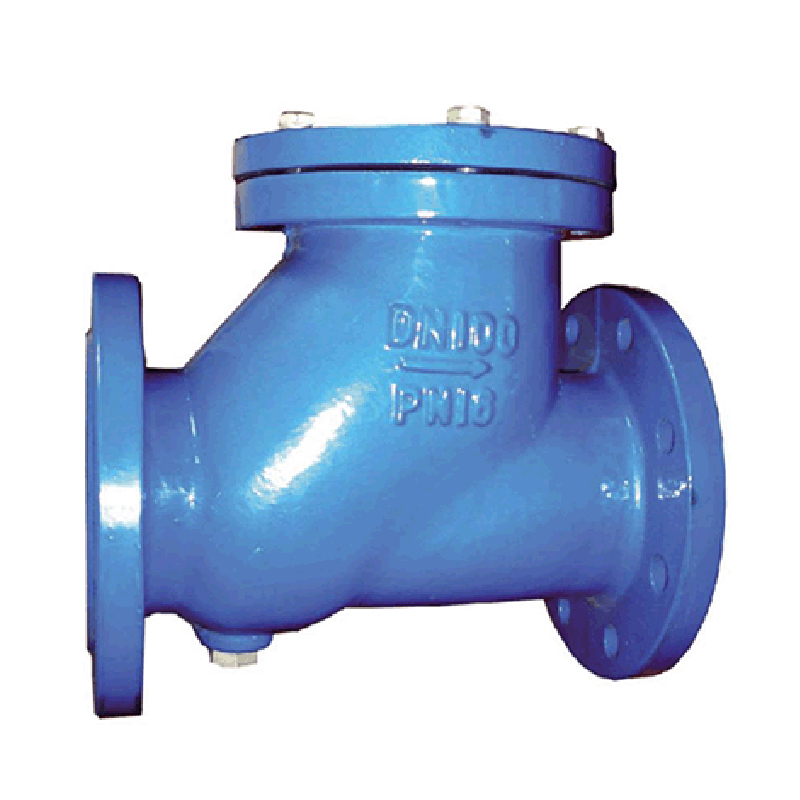ಡಿಸೆ . 04, 2024 20:16 Back to list
Air Release Valve for Water Main Systems and Its Importance
Understanding Water Main Air Release Valves
Water distribution systems are vital for delivering clean drinking water to communities, and within these systems, certain components play critical roles to ensure efficiency and safety. One such essential component is the air release valve, particularly in water mains. This article will delve into the significance, functionality, and advantages of water main air release valves.
What is a Water Main Air Release Valve?
A water main air release valve is a device that is installed in water pipelines to manage air pressure effectively. These valves allow air to escape from the pipeline, preventing the accumulation of air pockets that can disrupt water flow and cause various operational issues. They play an integral role in maintaining the hydraulic balance of the system, ensuring the pipeline operates efficiently under pressure.
Functionality of Air Release Valves
The primary function of an air release valve is to allow trapped air to exit the water mains. When water flows through a pipeline, it can create pockets of air that can significantly impact functionality. These air pockets can lead to several problems, including
1. Surface Cavitation and Water Hammer When air pockets collapse, they can generate shock waves that result in water hammer. This phenomenon can damage the pipeline, fittings, and joints, leading to costly repairs and downtime.
2. Reduced Flow Capacity Air pockets can obstruct water flow, leading to a reduction in the system's overall efficiency. This can affect water pressure, leading to fluctuations that can inconvenience end-users.
3. Increased Energy Costs When the system has to work harder to push water through areas where air is trapped, energy consumption increases. This can spike operational costs significantly.
water main air release valve

The air release valve operates automatically; as water enters the valve, the air is drawn out, and the valve closes once the air has been released. In some designs, these valves are equipped with a float mechanism that helps manage the operation based on water levels and pressure changes.
Advantages of Air Release Valves
1. Prevention of System Failures By eliminating air pockets, these valves reduce the risk of potentially damaging situations such as water hammer, which can lead to major system failures.
2. Improved Efficiency Keeping pipelines clear of air ensures optimal water flow, thus maintaining high efficiency in water delivery. This contributes to better service for consumers and reduces energy costs.
3. Maintenance and Longevity Proper management of air in water mains helps extend the lifespan of pipes and associated infrastructure by reducing wear and tear from pressure fluctuations and shock waves.
4. Environmental Benefits An efficient water distribution system reduces leaks and losses. When systems are running optimally, it minimizes the environmental impact associated with excessive water extraction and treatment processes.
Conclusion
In the realm of water distribution, air release valves might not be the most glamorous component, but they are undeniably vital for maintaining system integrity and efficiency. By allowing trapped air to escape, these valves help prevent a multitude of complications, from cavitation and water hammer to energy inefficiencies. As communities continue to invest in their water infrastructure, understanding and implementing effective air management through reliable air release valves will be crucial for sustainable water distribution systems. Ensuring regular maintenance and monitoring of these valves can help in addressing potential issues proactively, ultimately leading to a more resilient and efficient water supply network.
Share
-
Reliable Wafer Type Butterfly Valves for Every IndustryNewsJul.25,2025
-
Reliable Flow Control Begins with the Right Ball Check ValveNewsJul.25,2025
-
Precision Flow Control Starts with Quality ValvesNewsJul.25,2025
-
Industrial Flow Control ReliabilityNewsJul.25,2025
-
Engineered for Efficiency Gate Valves That Power Industrial PerformanceNewsJul.25,2025
-
Empowering Infrastructure Through Quality ManufacturingNewsJul.25,2025


